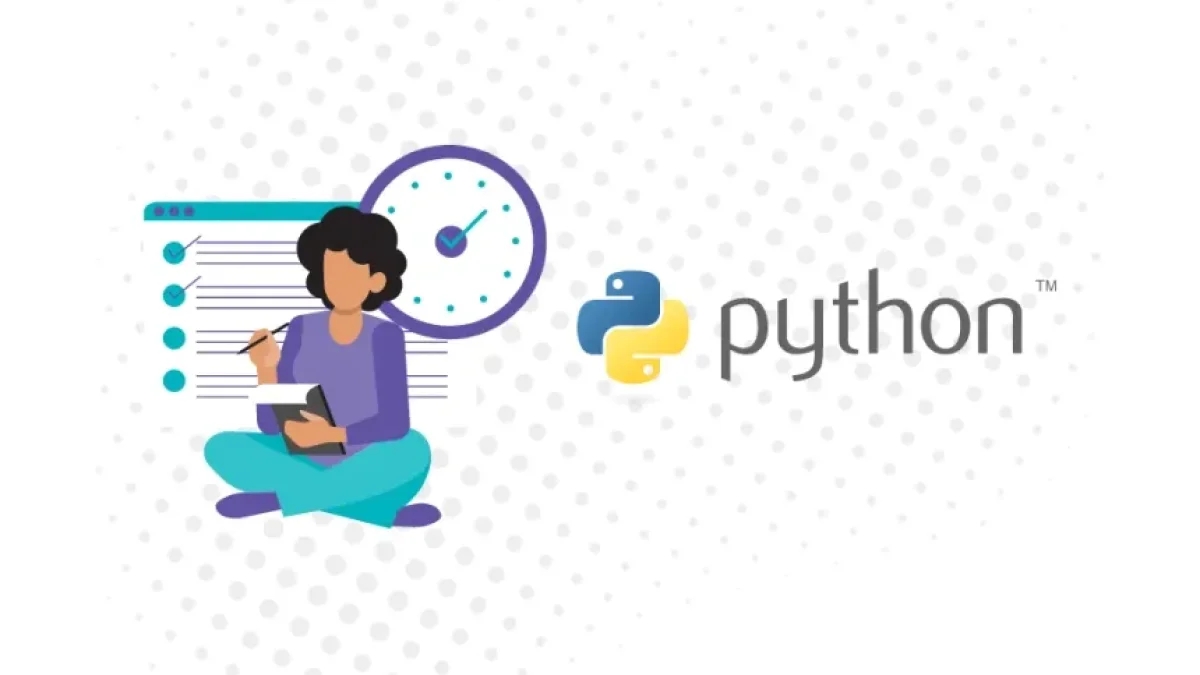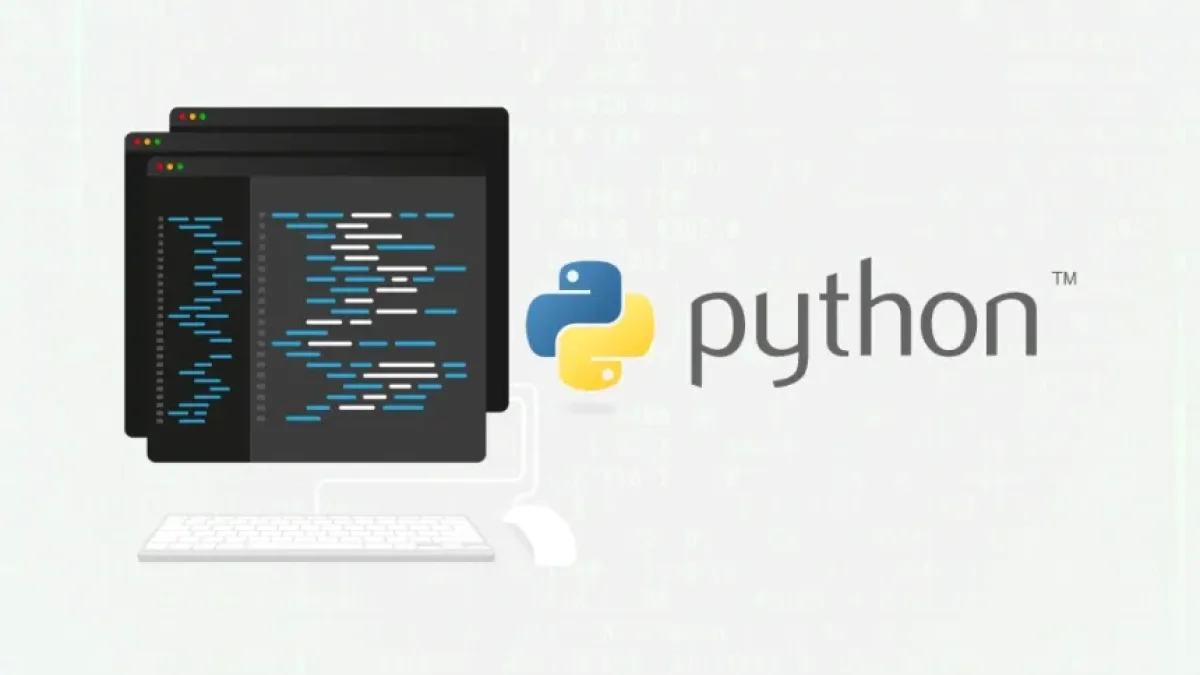Task Automation with Python Practical Examples


Task automation is one of the most useful applications of programming in everyday life. In this article, we will explore how Python, a popular and versatile programming language, can help automate a variety of common tasks, making your work more efficient. We will present practical examples that you can implement right away.
Why Use Python for Task Automation?
Python is an easy-to-learn and user-friendly programming language. There are several reasons why it is ideal for automating tasks:
- Simplicity: Python's syntax is clear and concise.
- Powerful libraries: Python has a wide range of libraries that facilitate automation, such as os, shutil, requests, BeautifulSoup, among others.
- Active community: There are many resources, forums, and documents that can guide you to solve specific problems.
Common Tasks That Can Be Automated with Python
Before diving into specific examples, let’s look at some common tasks that you can automate:
- File manipulation
- Web scraping (data extraction from websites)
- Sending emails
- Desktop application automation
- Interacting with APIs
1. File Manipulation with Python
File manipulation is a common task in automation. You can easily move, rename, copy, and delete files using Python.
Read also
Example: Renaming Files in a Directory
import os
# Directory path
directory = 'path/to/directory/'
# List all files in the directory
for file in os.listdir(directory):
# Check if the file is a text file
if file.endswith('.txt'):
new_name = file.replace('.txt', '_renamed.txt')
os.rename(os.path.join(directory, file), os.path.join(directory, new_name))2. Web Scraping with BeautifulSoup
Web scraping is useful for extracting information from HTML pages.
Example: Extracting Article Titles from a Blog
Read also
import requests
from bs4 import BeautifulSoup
# Website URL
url = 'https://example.com/blog'
# Make a GET request
response = requests.get(url)
# Parse the page content
soup = BeautifulSoup(response.content, 'html.parser')
# Find and display all article titles
for title in soup.find_all('h2'):
print(title.text)3. Sending Emails
You can automate sending emails using the smtplib library.
Example: Sending an Email
import smtplib
from email.mime.text import MIMEText
# SMTP server configuration
smtp_server = '<smtp_server>'
port = 587
user = '<your_email>@example.com'
password = '<your_password>'
# Create the message
msg = MIMEText('This is the content of the email.')
msg['Subject'] = 'Email Subject'
msg['From'] = user
msg['To'] = '<recipient>@example.com'
# Send the email
with smtplib.SMTP(smtp_server, port) as server:
server.starttls()
server.login(user, password)
server.sendmail(user, '<recipient>@example.com', msg.as_string())4. Desktop Application Automation with PyAutoGUI
The PyAutoGUI library allows you to control the mouse and keyboard.
Example: Opening an Application and Typing a Message
import pyautogui
import time
# Wait 5 seconds before starting
time.sleep(5)
# Open an application (e.g., Notepad)
pyautogui.press('win')
pyautogui.write('notepad')
pyautogui.press('enter')
# Wait for the application to open
time.sleep(2)
# Type a message
pyautogui.write('Hello, this is task automation with Python!')5. Interacting with APIs
Interacting with APIs is essential for modern applications. Python makes it easy with the requests library.
Example: Getting Data from an API
import requests
# API URL
url = 'https://api.example.com/data'
# Make a GET request
response = requests.get(url)
# Check the response status
if response.status_code == 200:
data = response.json()
print(data)
else:
print('Error in the request:', response.status_code)Conclusion
Automating tasks with Python is not just practical, but it can also save considerable time in your daily work. With simple examples like renaming files, web scraping, sending emails, desktop application automation, and interacting with APIs, you already have a solid foundation to start exploring what Python can do for you.
Additional Resources
Start putting these examples into practice and discover all that you can achieve with Python. Automation will not only make your life easier but also improve your productivity.



















